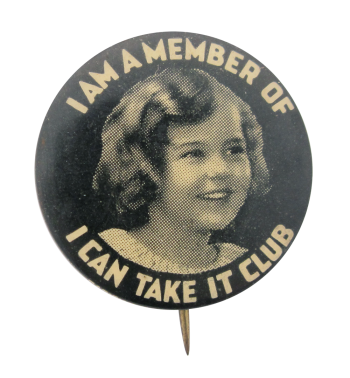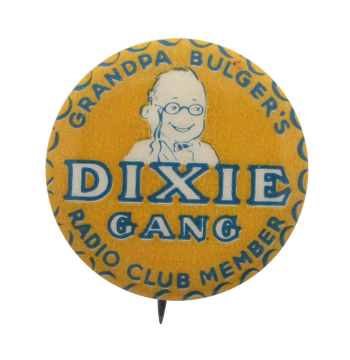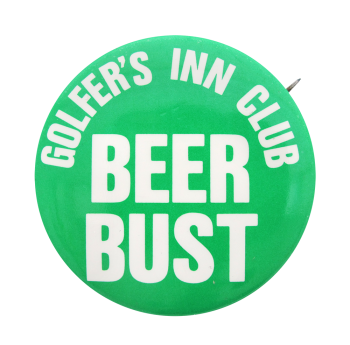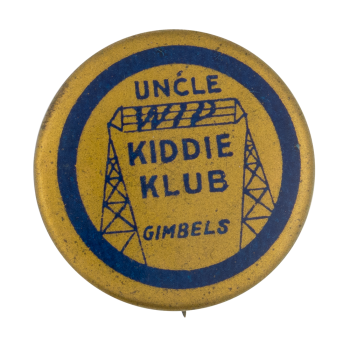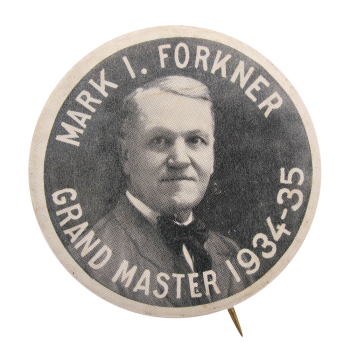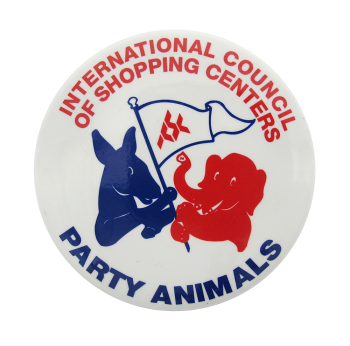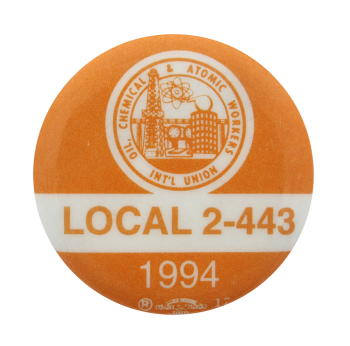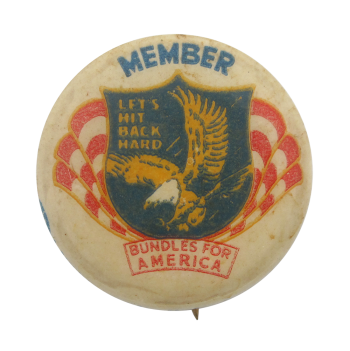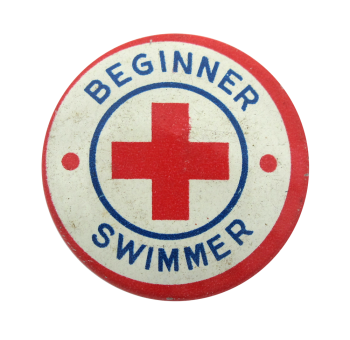I Can Take It Club Shirley Temple look-alike
| Category | |
|---|---|
| Additional Images | |
| Sub Categories | |
| Text on Button | I AM A MEMBER OF I CAN TAKE IT CLUB |
| Image Description | A a black-and-white image of a good who looks a lot like Shirley Temple on a black background. |
| Curl Text | PARISIAN NOVELTY CO CHICAGO |
| Back Style | |
| The Shape | |
| The Size | |
| Year / Decade Made | |
| The Manufacturer | |
| Additional Information | This button is identifying a member of an I Can Take It Club; it may be a button that was packaged with a Shirley Temple look-a-like doll. "I Can Take It Clubs" were popular during the 1930s and 40s and their membership was usually recorded on posters in doctors and dentist offices when children were well-behaved during their appointments. Temple was born April 23, 1928 and had her first acting role in 1932. |
| Sources |
Wikipedia (2015 July, 23). Shirley Temple. Wikipedia: The Free Encyclopedia. https://en.wikipedia.org/wiki/Shirley_Temple The Old Cattleman and his Grapevine Friends (1941 February, 13). Hassayampa yamps: "I-can-take-it" club. Prescott Evening Courier. p. 4. |
| Catalog ID | CL0234 |

